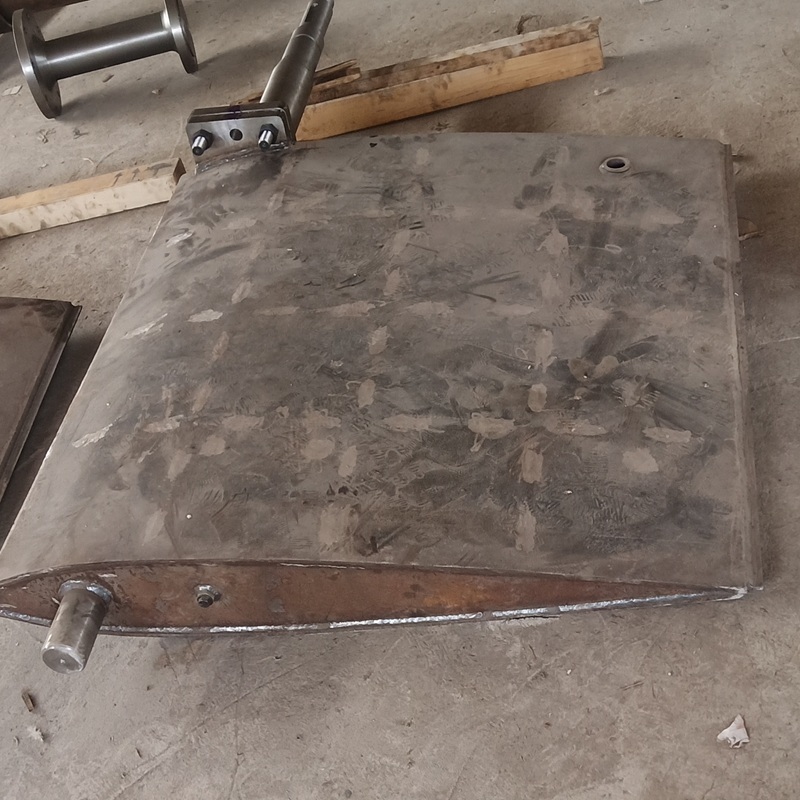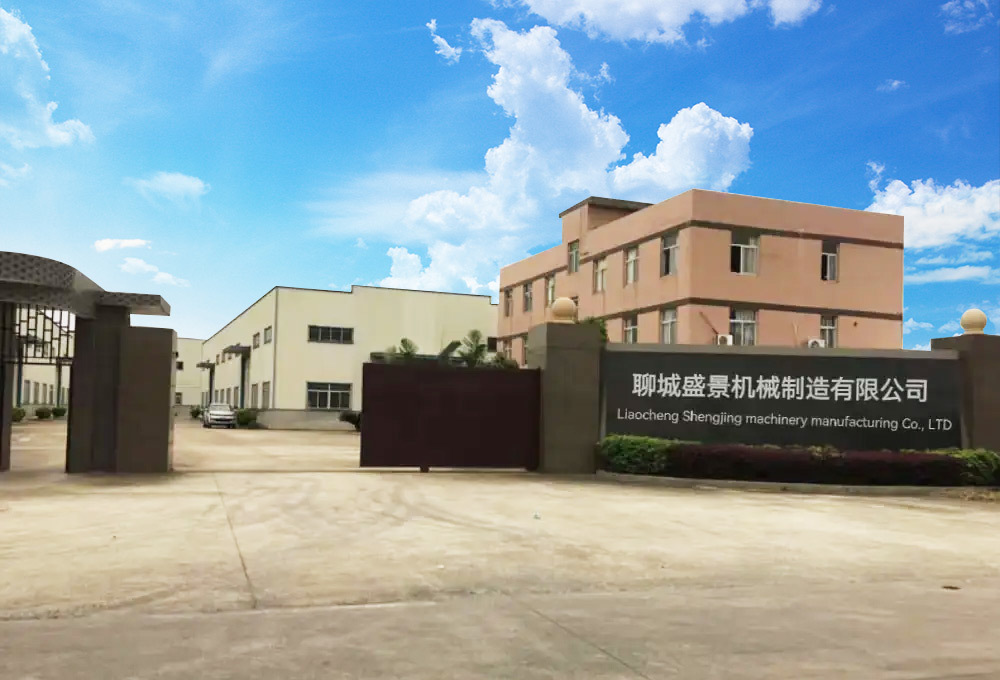Understanding Rudder Blades: Essential Components in Maritime Navigation
Release Time:
Jun 05,2025
Rudder blades play a pivotal role in the navigation of vessels, acting as crucial components that facilitate steering and control. Located at the stern of a ship, a rudder blade works in conjunction with the vessel's propeller to direct its movement. When the rudder is angled, it creates differential pressure on either side, allowing the ship to turn in the desired direction. This fundamental prin
Rudder blades play a pivotal role in the navigation of vessels, acting as crucial components that facilitate steering and control. Located at the stern of a ship, a rudder blade works in conjunction with the vessel's propeller to direct its movement. When the rudder is angled, it creates differential pressure on either side, allowing the ship to turn in the desired direction. This fundamental principle of hydrodynamics is vital for effective maritime operations.
In terms of materials, modern rudder blades are typically constructed from robust materials such as stainless steel, aluminum, or composite materials. These choices are made to ensure durability and resistance to the harsh marine environment. The design of a rudder blade can vary significantly depending on the type of vessel, its size, and the specific operational requirements. For instance, larger vessels may require more substantial rudder blades to handle the forces exerted during navigation, while smaller crafts might utilize more streamlined designs for better responsiveness.
The effectiveness of a rudder blade is also influenced by its shape and area. A larger rudder surface area increases the vessel's maneuverability, particularly at lower speeds, while a more aerodynamically shaped rudder can enhance efficiency at higher speeds. The balance between these two factors is essential for optimal performance. Additionally, the position of the rudder blade relative to the propeller can significantly affect steering performance, as the interaction between the two elements determines the overall hydrodynamic efficiency of the vessel.
Maintenance is another crucial aspect of ensuring the longevity and effectiveness of rudder blades. Regular inspections should be conducted to check for wear, corrosion, or damage that could impair functionality. Proper maintenance not only extends the lifespan of the rudder but also ensures safe navigation, reducing the risk of accidents caused by steering failures.
In conclusion, understanding the intricacies of rudder blades is essential for anyone involved in the maritime industry. Their design, material composition, and maintenance directly influence a vessel's maneuverability, stability, and overall efficiency. By prioritizing these components, professionals can enhance operational capabilities and ensure safe navigation on the waters. Whether you're involved in shipbuilding, repair, or maritime logistics, having a comprehensive knowledge of rudder blades will undoubtedly contribute to better decision-making and operational success.
In terms of materials, modern rudder blades are typically constructed from robust materials such as stainless steel, aluminum, or composite materials. These choices are made to ensure durability and resistance to the harsh marine environment. The design of a rudder blade can vary significantly depending on the type of vessel, its size, and the specific operational requirements. For instance, larger vessels may require more substantial rudder blades to handle the forces exerted during navigation, while smaller crafts might utilize more streamlined designs for better responsiveness.
The effectiveness of a rudder blade is also influenced by its shape and area. A larger rudder surface area increases the vessel's maneuverability, particularly at lower speeds, while a more aerodynamically shaped rudder can enhance efficiency at higher speeds. The balance between these two factors is essential for optimal performance. Additionally, the position of the rudder blade relative to the propeller can significantly affect steering performance, as the interaction between the two elements determines the overall hydrodynamic efficiency of the vessel.
Maintenance is another crucial aspect of ensuring the longevity and effectiveness of rudder blades. Regular inspections should be conducted to check for wear, corrosion, or damage that could impair functionality. Proper maintenance not only extends the lifespan of the rudder but also ensures safe navigation, reducing the risk of accidents caused by steering failures.
In conclusion, understanding the intricacies of rudder blades is essential for anyone involved in the maritime industry. Their design, material composition, and maintenance directly influence a vessel's maneuverability, stability, and overall efficiency. By prioritizing these components, professionals can enhance operational capabilities and ensure safe navigation on the waters. Whether you're involved in shipbuilding, repair, or maritime logistics, having a comprehensive knowledge of rudder blades will undoubtedly contribute to better decision-making and operational success.
Keywords:




